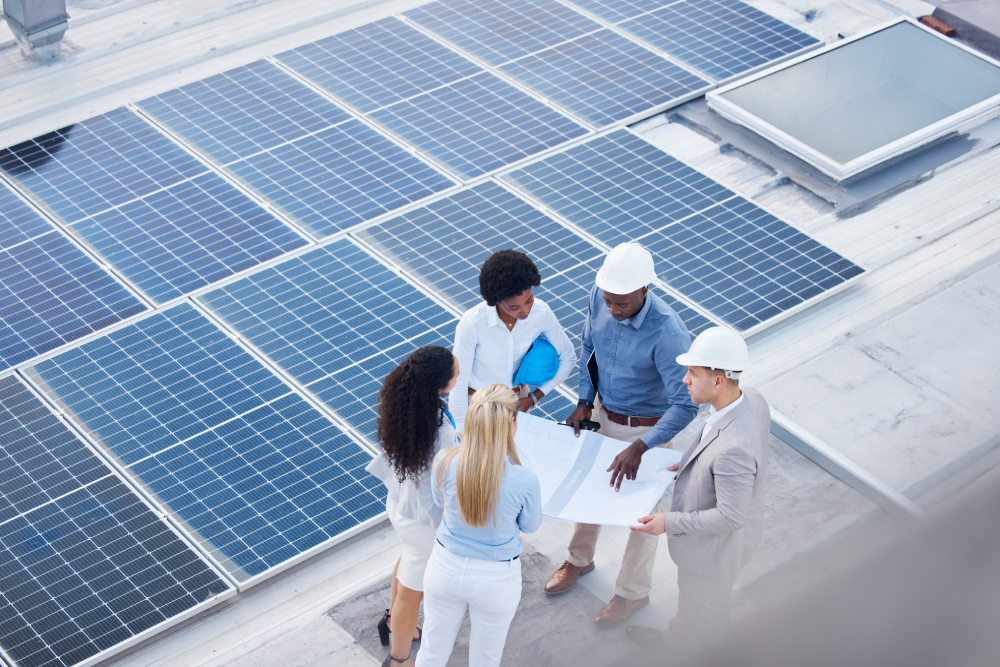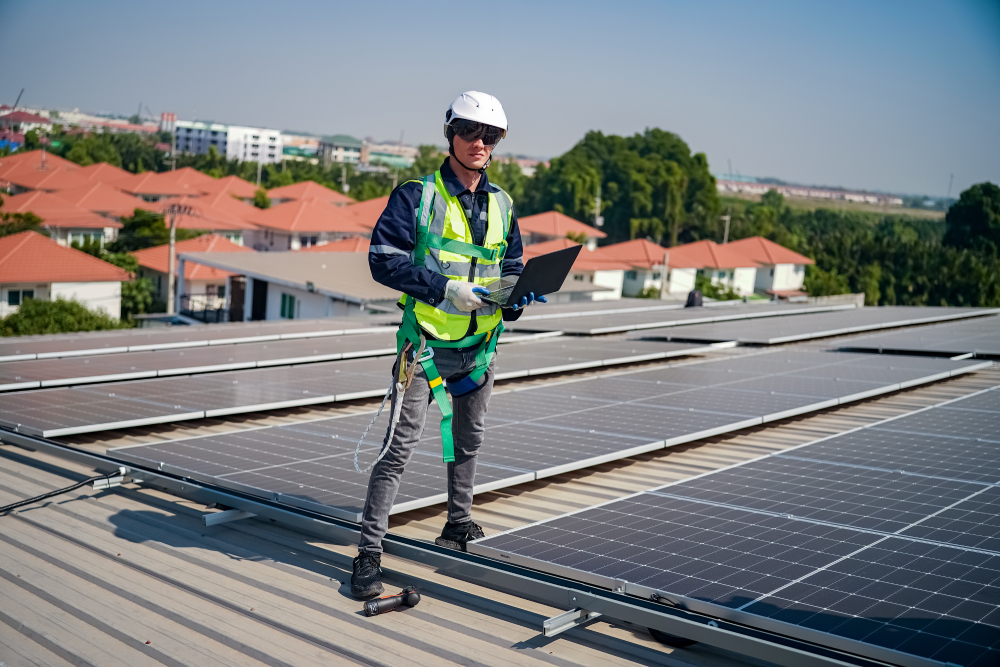Step 4: Grid Connection. Finally, the solar panel system will be connected to the electrical grid, and you can start enjoying the benefits of renewable energy.
Grid Connection of Solar Panel System
Step 4 of the process of getting solar panels for your home is the grid connection. Once the solar panel system has been installed and inspected, it is time to connect the system to the electrical grid.
Connecting the solar panel system to the grid involves several steps. First, the installer will need to obtain permission from the local utility company to connect the system. This typically involves submitting an application and providing documentation on the size and capacity of the system, as well as the expected energy output.
Once permission has been granted, the installer will need to install a bi-directional meter that can measure both the electricity generated by the solar panel system and the electricity consumed by the home. This allows the homeowner to track the amount of electricity generated by the solar panels and the amount of electricity they are using from the grid.
Next, the installer will connect the solar panel system to the main electrical panel in the home. This involves installing a dedicated circuit breaker for the solar panel system and connecting it to the main circuit breaker. The installer will also need to install an inverter, which converts the direct current (DC) electricity generated by the solar panels into alternating current (AC) electricity that can be used by the home and fed back into the grid.

Once the system is connected to the electrical panel and the inverter is installed, the installer will test the system to ensure that it is working properly. This typically involves monitoring the energy output and verifying that the system is producing electricity as expected.
Once the system has been tested and verified, the installer will notify the utility company that the system is ready to be connected to the grid. The utility company will then send a technician to verify that the system complies with all safety and code requirements.
Once the system has been approved by the utility company, the solar panel system is officially connected to the grid. The homeowner can then start enjoying the benefits of renewable energy, including lower energy bills and reduced carbon emissions.
In addition to the financial and environmental benefits, connecting a solar panel system to the grid can also provide a sense of independence and security. By generating their electricity, homeowners can reduce their reliance on the grid and protect themselves against power outages and other disruptions.
In conclusion, connecting a solar panel system to the grid is the final step in the process of getting solar panels for your home. It involves obtaining permission from the utility company, installing a bi-directional meter, connecting the system to the electrical panel, installing an inverter, testing the system, and verifying compliance with safety and code requirements. By connecting a solar panel system to the grid, homeowners can enjoy the benefits of renewable energy and reduce their reliance on the grid.
Great job, great people. We were most impressed by the level of attention and professionalism of all participants, from our first phone call.
Maria Gomez, Temecula, CA

